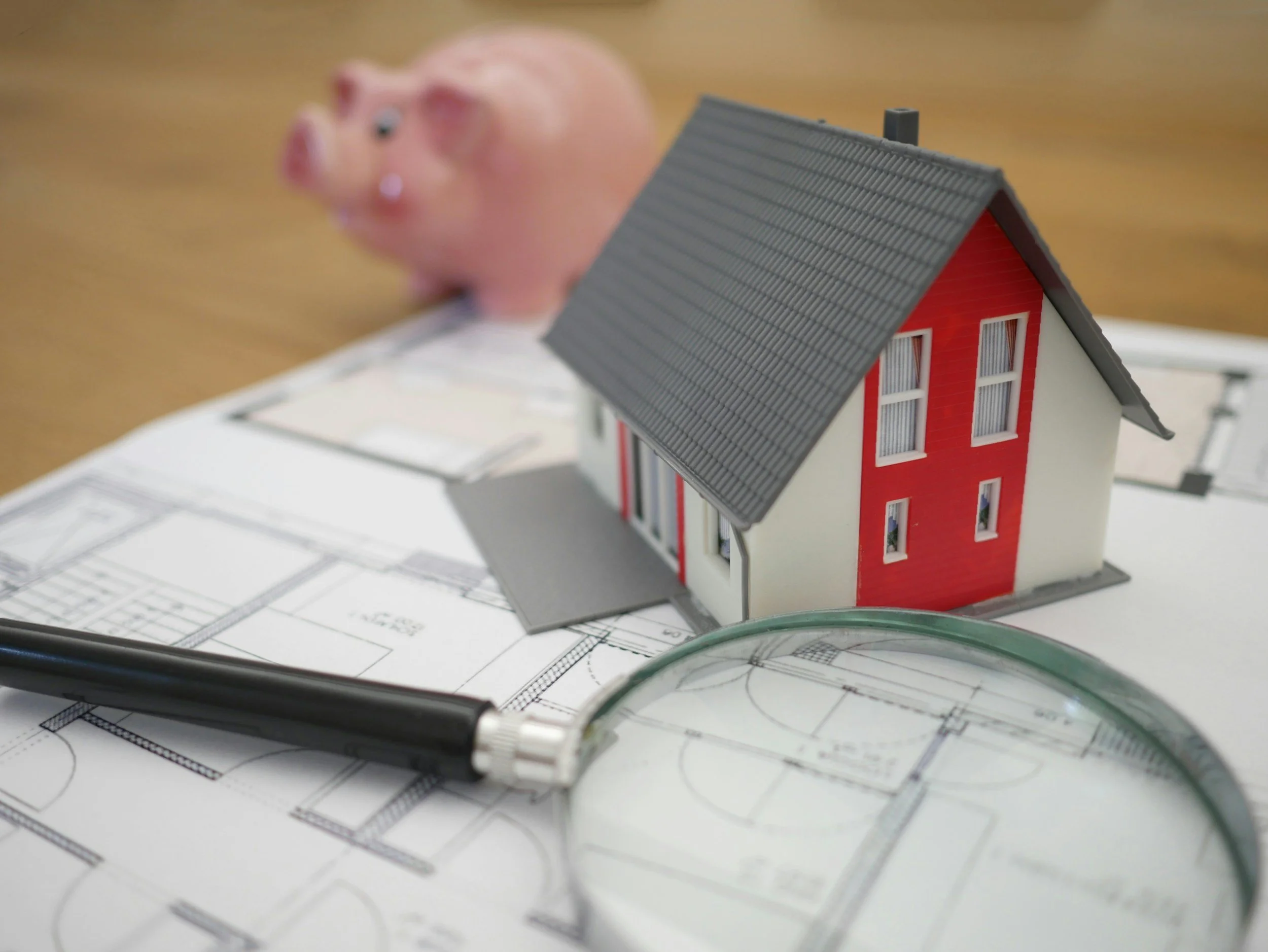Code Analysis Project
City codes like the Zoning Code, Subdivision Code, and Engineering Standards guide how buildings and neighborhoods are designed and built. These codes influence many aspects of life in Flagstaff, such as:
The cost and availability of housing
The look and feel of buildings and neighborhoods
The water, energy, and land consumption of buildings and neighborhoods
The relative ease of transportation options like walking, biking, and driving
For years, Flagstaff’s codes have been out of step with its goals for housing affordability and climate action. To address this, the City launched the Code Analysis Project (CAP) to align the codes with the goals of the 10-Year Housing Plan and Carbon Neutrality Plan. The CAP is a powerful opportunity to remove multiple barriers at once that stand in the way of a Flagstaff where everyone can afford to live and thrive.
Pre-approved Building Plans
Pre-approved building plans are ready-to-use designs for homes that the City has already reviewed for safety and code compliance. These plans offer many potential benefits for the community:
Lower development costs. Anyone can use pre-approved building plans for a small fee, avoiding the expense and time of hiring an architect and the permitting process.
Remove barriers for residents. By simplifying the process, these plans makes it easier for everyday residents and local builders to invest in their own neighborhoods.
Encourage competition in the market. Reducing barriers to residents and local builders fosters competition in the housing market, which can bring down prices.
Let the City shape neighborhoods. These plans are an opportunity for the City to promote homes that reflect community values. For example, energy and water efficient designs in architectural styles that match Flagstaff neighborhoods.
For these reasons, Flagstaff For Affordable Housing is advocating for the City of Flagstaff to publish a catalog of pre-approved building plans for a wide variety of homes: backyard apartments, single-family homes, duplexes, triplexes, townhomes, neighborhood-scale apartments, and more.
Incorporate Housing into Public
Facilities & City-Owned Land
One of the most powerful tools the City of Flagstaff has for addressing our housing crisis is land it already owns. According to the City’s Land Availability and Suitability Study, over 70 acres of City-owned land are considered buildable. That’s a major opportunity. By partnering with builders, the City could facilitate the development of several hundred homes that are permanently affordable to lower-income families and residents..
In addition to standalone housing projects, the City can also incorporate homes into public facilities—such as fire stations, libraries, or transit centers. This approach, known as “co-location,” allows Flagstaff to stretch public dollars further by sharing land and infrastructure between civic and residential uses. It also supports more walkable, mixed-use neighborhoods and puts housing near jobs and services.
Both strategies require significant time, effort, and political will to carry out. But in a city where too many residents are being priced out, incorporating housing into public land just makes sense.
Create a Housing Trust Fund
Public programs are essential to providing immediate support to lower-income families and residents, but Flagstaff lacks a dedicated funding source to sustain them. Creating a Housing Trust Fund (HTF) with a steady source of revenue would would help the City invest in critical strategies like land acquisition, housing preservation, rental assistance, and gap financing for new construction. It would also strengthen the City's ability to attract matching state and federal funds, making local dollars go further.
A HTF with a dedicated source of funding is a clear step towards a future where families and essential workers aren’t priced out of Flagstaff, but instead helped to put down roots.



